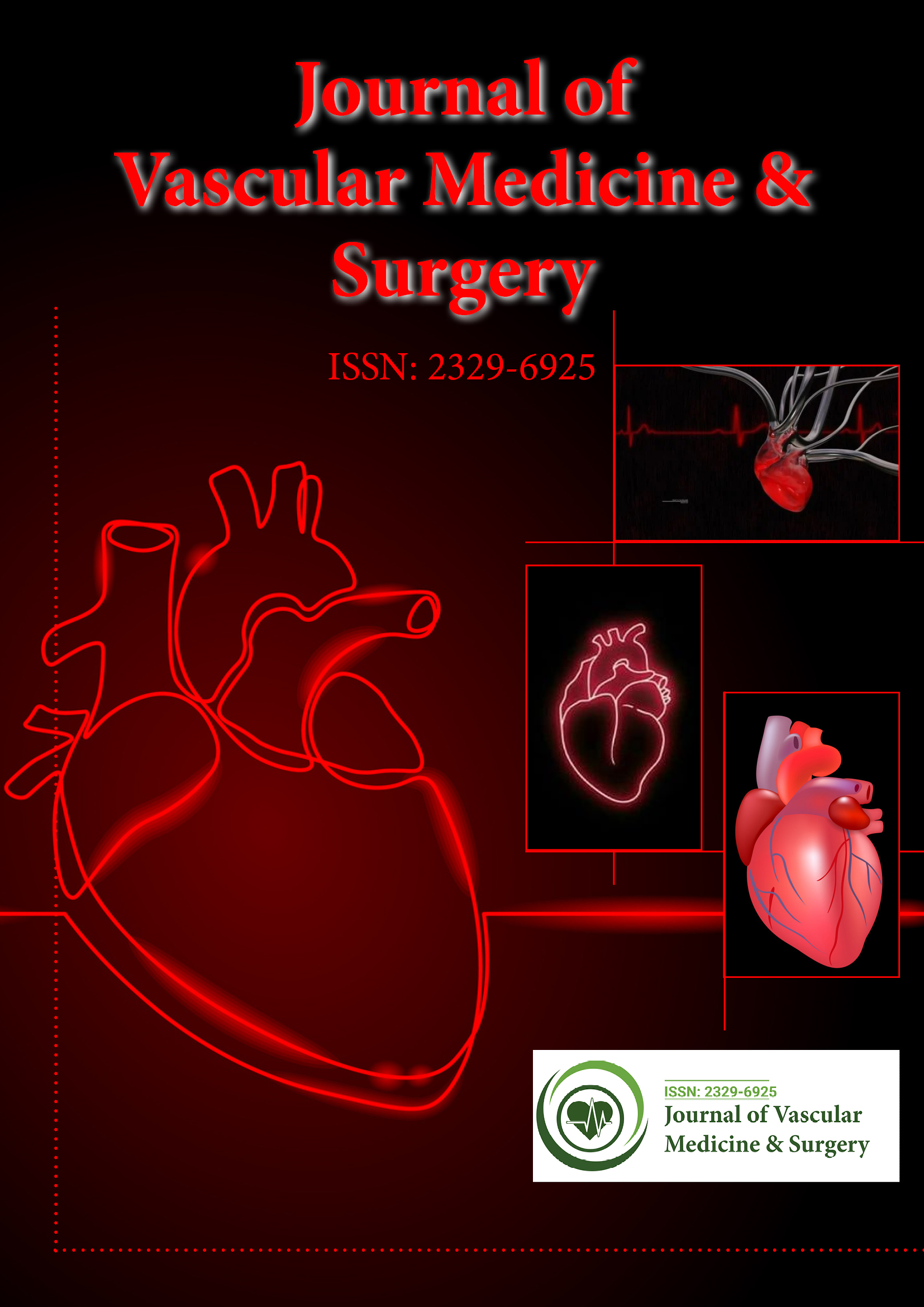Indexado em
- Abra o Portão J
- Chaves Acadêmicas
- RefSeek
- Universidade de Hamdard
- EBSCO AZ
- OCLC- WorldCat
- publons
- Euro Pub
- Google Scholar
Links Úteis
Compartilhe esta página
Folheto de jornal

Periódicos de Acesso Aberto
- Agro e Aquicultura
- Alimentos e Nutrição
- Bioinformática e Biologia de Sistemas
- Bioquímica
- Ciência de materiais
- Ciencias ambientais
- Ciências Clínicas
- Ciências Farmacêuticas
- Ciências gerais
- Ciências Médicas
- Cuidados de enfermagem e saúde
- Engenharia
- Genética e Biologia Molecular
- Gestão de negócios
- Imunologia e Microbiologia
- Neurociência e Psicologia
- Química
Abstrato
Febre reumática aguda silenciosa desmascarada pelo uso de ecocardiografia portátil para crianças febris que se apresentam em uma área endêmica de DCR
Sulafa Ali, Andrea Beaton, Emma Ndagire, Lamia Elhag*
Background: Rheumatic Heart Disease (RHD) is a preventable sequelae of Acute Rheumatic Fever (ARF), an immune reaction to group A streptococcal infection. ARF is often underdiagnosed leading to late presentation with advanced RHD. Handheld Echocardiography (HHE) proved to be reliable in diagnosis of subclinical RHD. This study aims to assess the utility of HHE in diagnosis of ARF in febrile children.
Methods: A cross sectional, hospital based study was carried out at the Pediatric Hospital in Al Obeid city, North Kordofan, Sudan. Febrile children 3-18 years of age with or without symptoms of ARF and no other identifiable cause for the fever were included. History, examination, blood investigations (complete blood count, erythrocyte sedimentation rate, C reactive protein, anti streptolysin O titre and blood film for malaria) were done. HHE was performed by a trained physician using a single Echocardiographic (echo) view where rheumatic carditis was defined by color Doppler and morphologic criteria of the left sided valves. ARF is diagnosed by the Jones Criteria. Clinical ARF (CARF) was diagnosed if the patient presents with a clinical major Jones criteria and silent ARF (SARF) if the only major Jones criteria is HHE-diagnosed carditis. Patients with positive HHE were sent for confirmation by a standard echo performed by a cardiologist.
Results: The study was conducted between September 2022 and January 2023. It included 400 children (55% males) with a mean age of 9 years. Clinical ARF was diagnosed in 95 patients (24% of 400). The most common clinical manifestation was joint symptoms in 88 patients (92%). Among the 281 children who did not present with a clinical manifestation of ARF, HHE revealed carditis in 44 patients (16%). Of these 44 children, 18 (40%) met criteria for definite silent ARF, 13 (30%) for possible silent ARF while 13 (30%) had isolated subclinical RHD. The total frequency of silent ARF in this population of was 8%. Most children with positive HHE (41,63%), had mild subclinical carditis. Moderate or severe carditis was present in 25, 38%. Mitral regurgitation was the most common lesion (97%). HHE had a reliability of 76%, both sensitivity and specificity of HHE versus standard echo were 88%.
Conclusion: There is a significant burden of silent ARF in Sudan revealed by the use of HHE. RHD prevention policies in endemic areas should prioritize decentralization of echo to improve ARF detection. Further implementation research is needed to evaluate the impact of these findings on outcomes of ARF and RHD in similar low-resource settings.